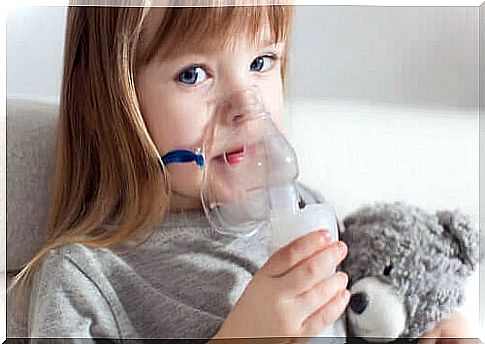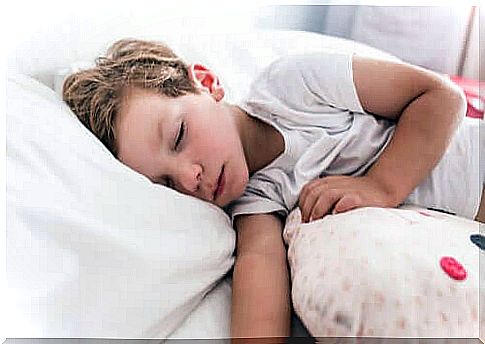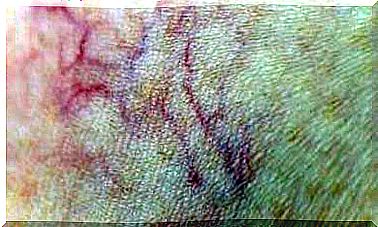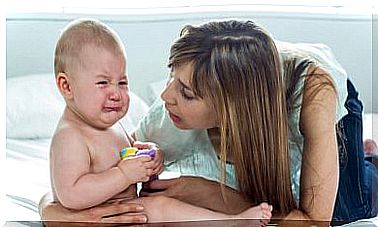Childhood Asthma: Causes And Diagnosis
Asthma in children makes it difficult for them to play or exercise because of the complications they have in breathing.

Childhood asthma is a very common pathology at this stage of life. Indeed, it is the most common chronic disease in childhood. It is estimated to affect between 5 and 15% of the infant population and its incidence is gradually increasing.
Asthma is a disease characterized by inflammation of the airways. This causes difficulty in breathing, accompanied by coughing, a feeling of suffocation, and abnormal noises on inhalation and exhalation.
In general, asthma is associated with allergies. This is one of the reasons why it is believed that more and more children are affected. For example, it is very common for a child with asthma to be allergic to pollen or dust mites.
In this article, we explain to you what are the most common causes of childhood asthma as well as its symptoms. Likewise, we explain to you how it is diagnosed. Because it is very important to distinguish it from other pathologies in order to establish an adequate treatment.
What is childhood asthma?
Childhood asthma, as we have already mentioned, is an inflammation of the respiratory tract of the child. The air then encounters more resistance as it moves in and out of the lungs. It is a disease that occurs in the form of a crisis.
Most children with asthma have their first attack before the age of 4. Indeed, although there is an inflammation of the respiratory tracts which remains permanently, during these crises, this one worsens and the symptoms too.
On the other hand, it should be noted that more than half of people with asthma are allergic to a substance, such as pollen or dust mites. This condition is what triggers a large part of asthma attacks.

Symptoms of childhood asthma
This pathology is usually manifested by difficulty in breathing as well as a feeling of congestion in the chest. Children who suffer from it tend to cough regularly. The cough gets worse with infection, colds, or stress.
In addition, it is common to listen to noises when breathing. This is called wheezing. These are sounds that resemble hissing when the child inhales and exhales air. However, be aware that everyone is different and the symptoms vary depending on the case.
In addition, due to the link with allergies, there are often 2 key stages in childhood asthma:
- The first noticeable step for these children is the start of fall and the school year, due to changes in temperature
- The second most crisis-prone time of year is spring. This is mainly due to the increase of pollen in the air. It is one of the most important allergens in the general population
What are the complications of childhood asthma?

Even though the majority of children only suffer from the symptoms just mentioned, some of them can also experience complications. Most often childhood asthma is associated with sleep problems due to difficulty in breathing.
On the other hand, any respiratory infection usually takes longer to heal. As a result, children with asthma are often more tired and may have problems playing or exercising.
How is asthma diagnosed?
Childhood asthma is difficult to diagnose, especially in children under 5 years old. Indeed, there are other pathologies which present similar symptoms or which are associated with asthma itself. For example, rhinitis, bronchiolitis or sinusitis.
There are also tests that help the doctor make the diagnosis. First of all, we find the spirometry which makes it possible to assess lung function. If this examination is inconclusive, an analysis of exhaled nitric oxide can be used.
Conclusion…
Childhood asthma is a very common disease that has multiple causes and risk factors. Genetics play a vital role, as do stress, colds, allergies, etc.
Finally, the diagnosis is difficult because it shares symptoms with other pathologies. This is why it is essential to fully explain the symptoms to the doctor and to perform the necessary tests. Thus, it is possible to establish an adequate treatment in order to allow the child to live a harmonious childhood and without prejudice.









